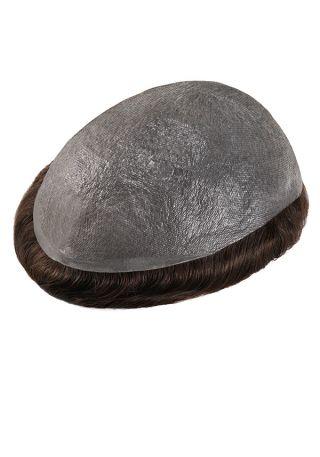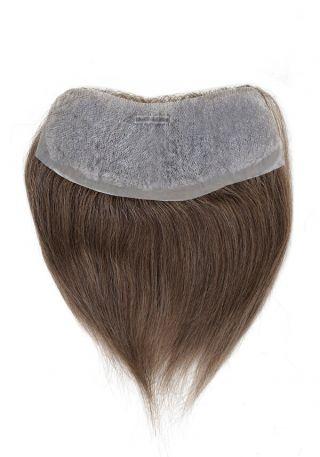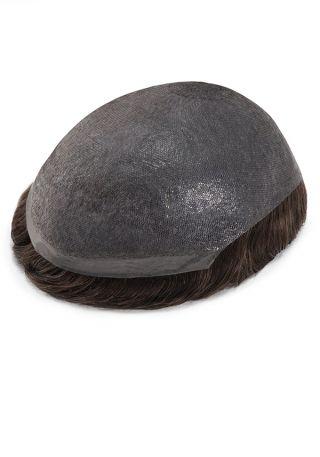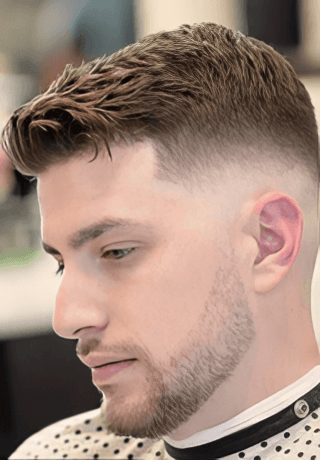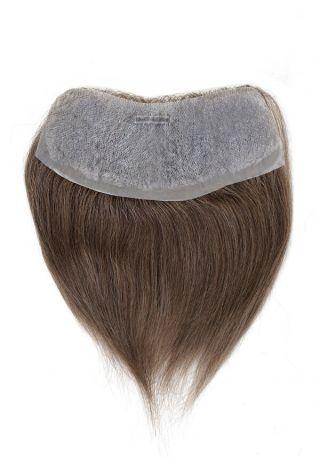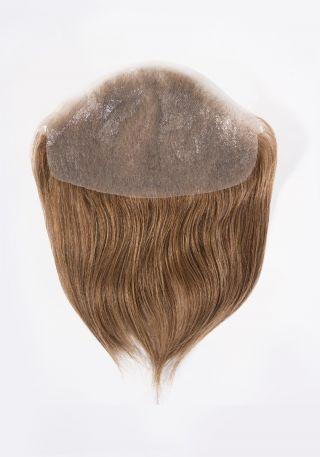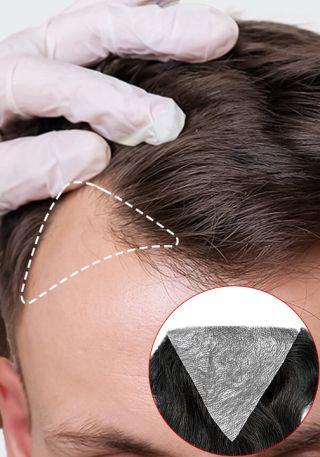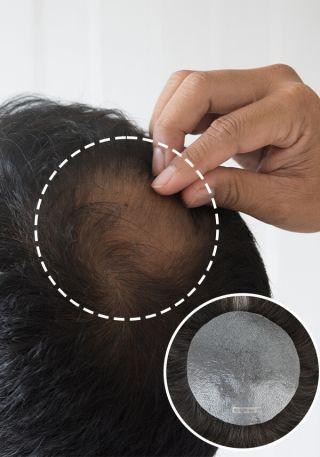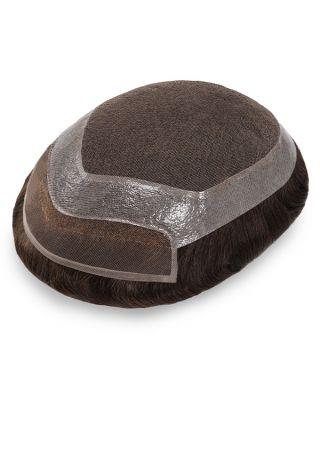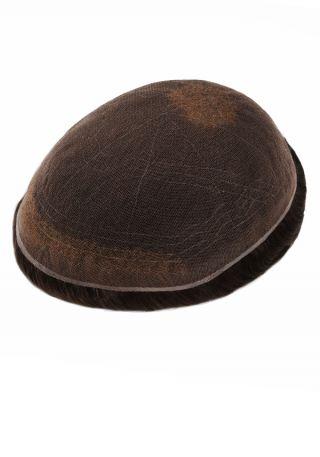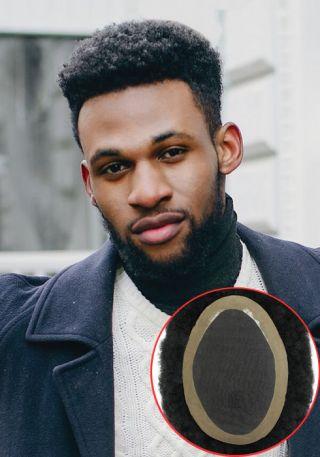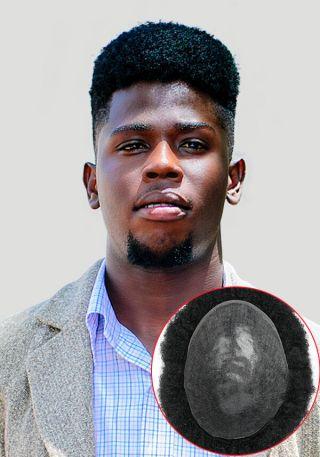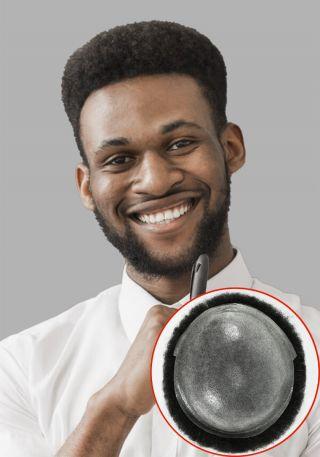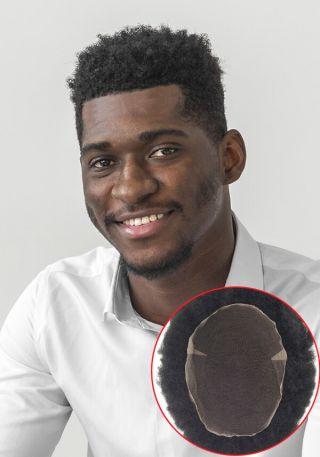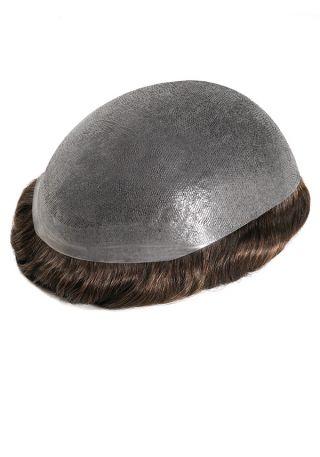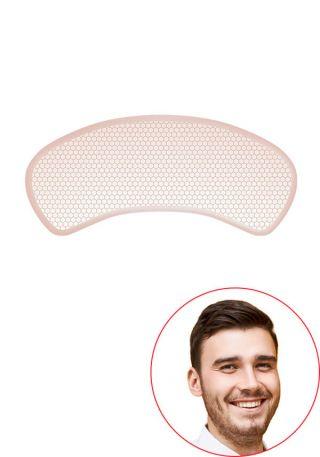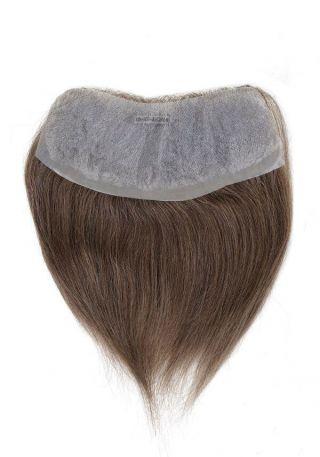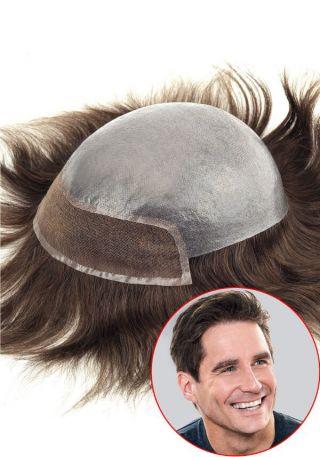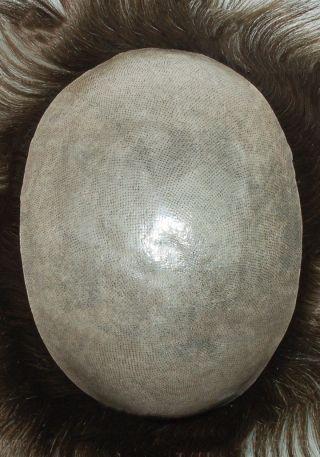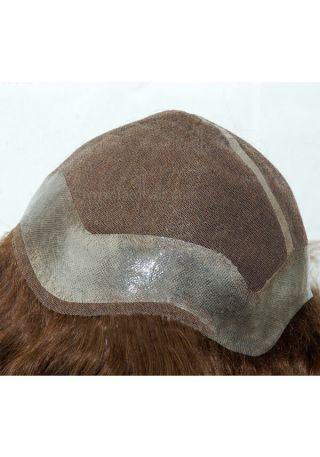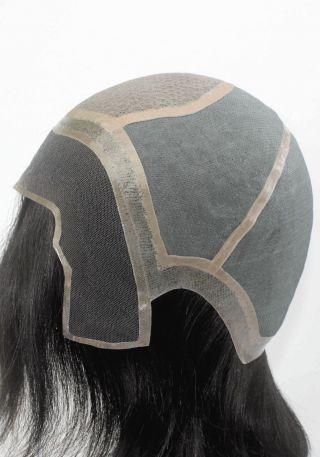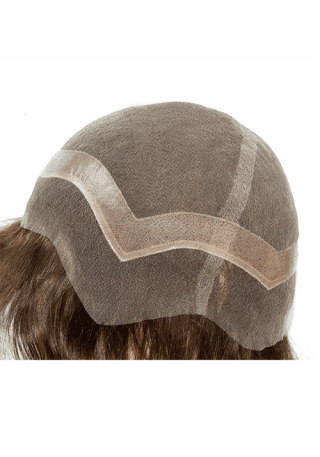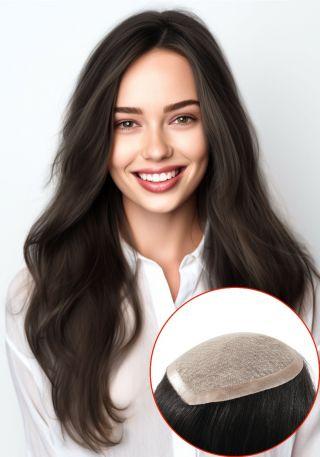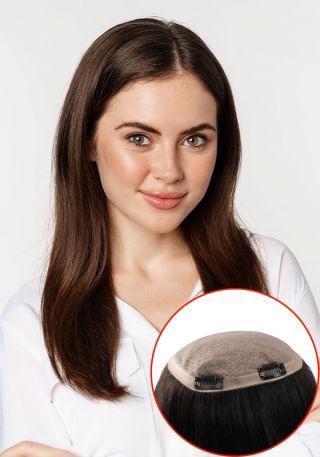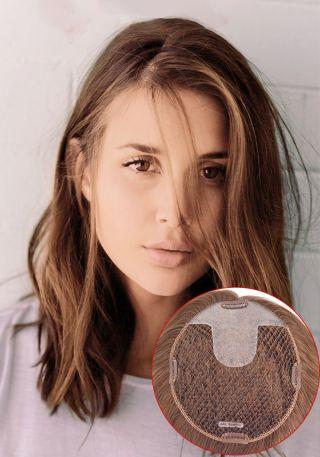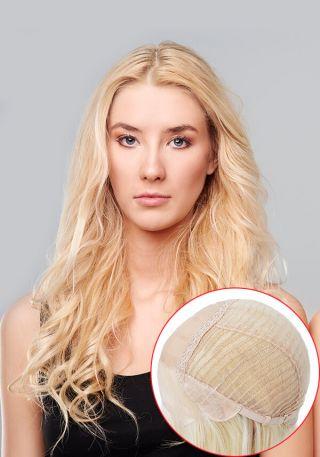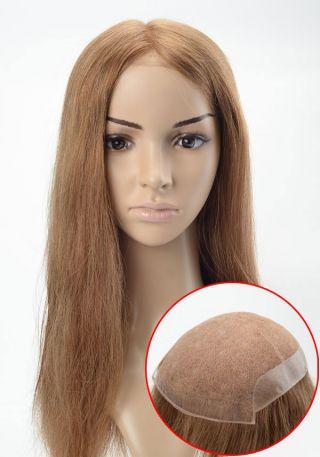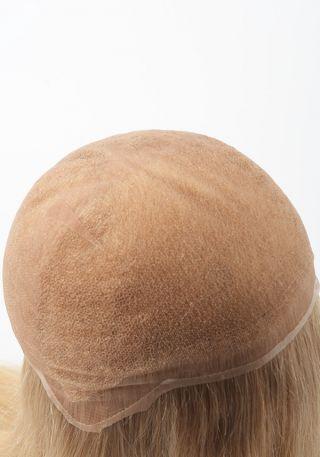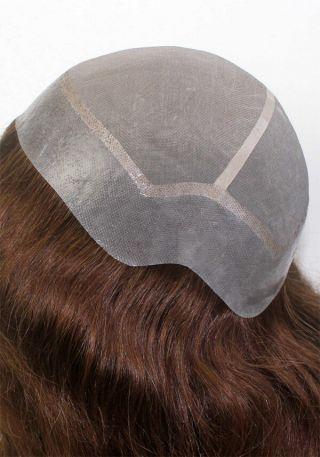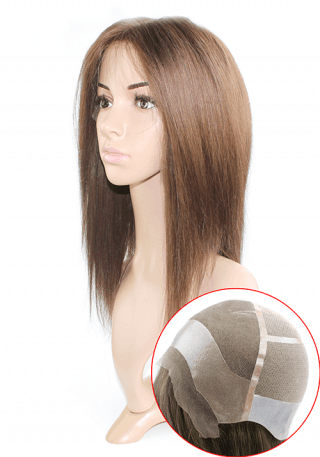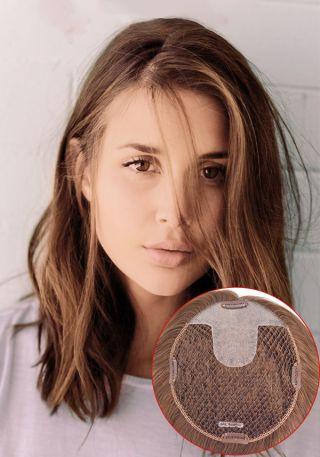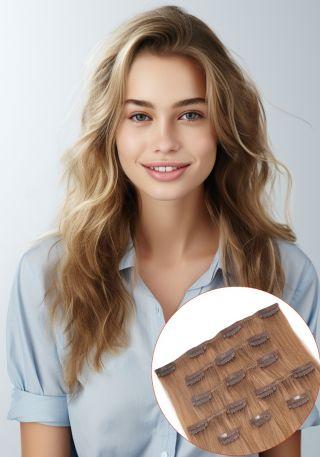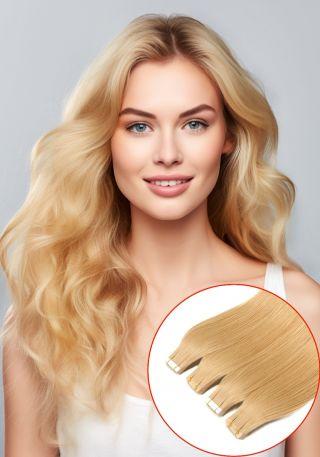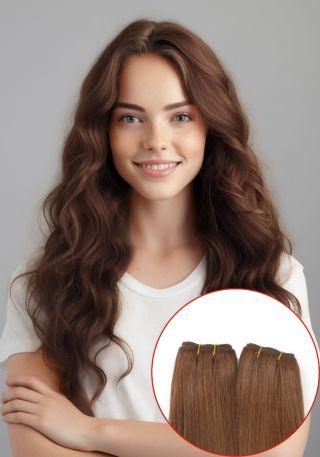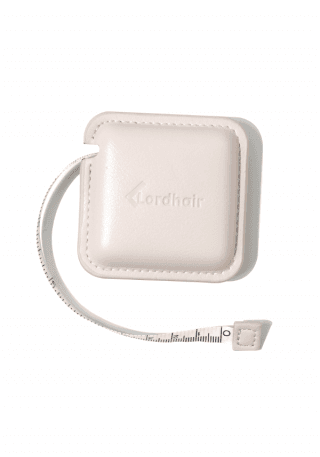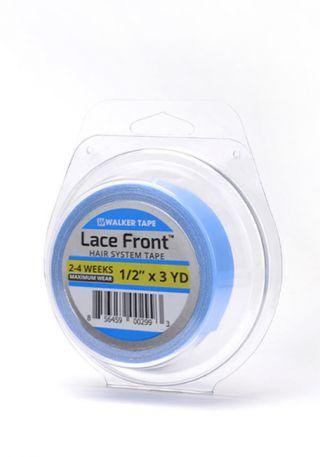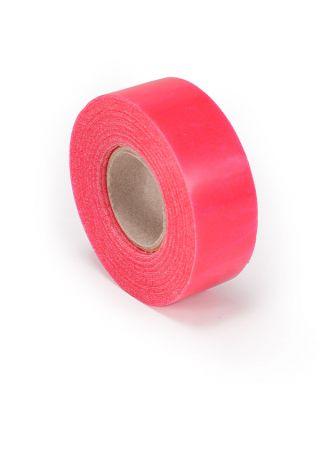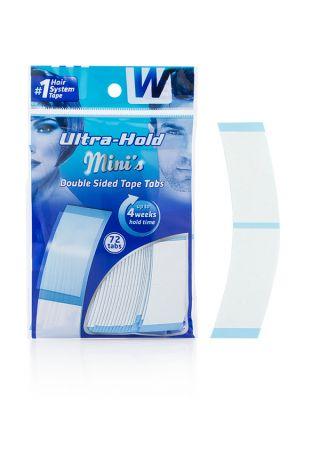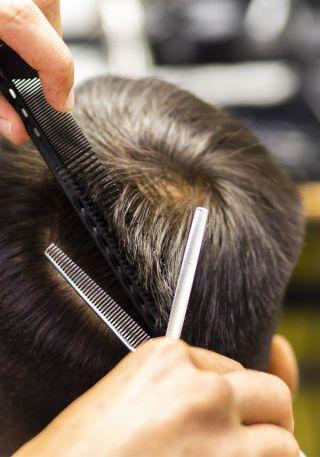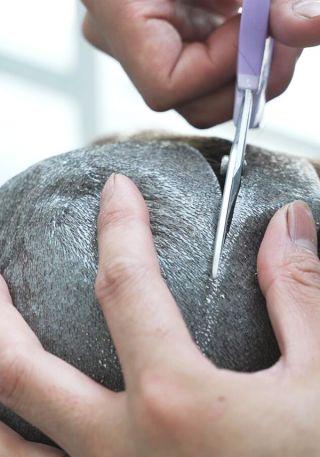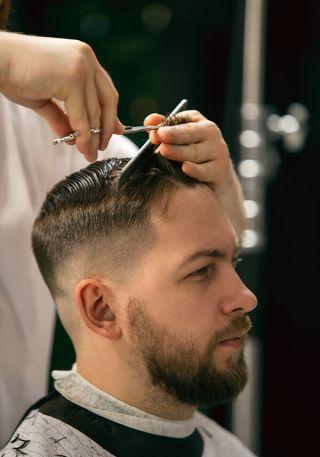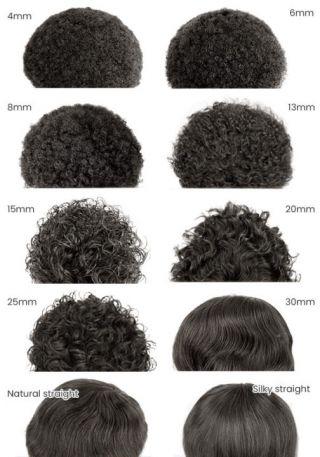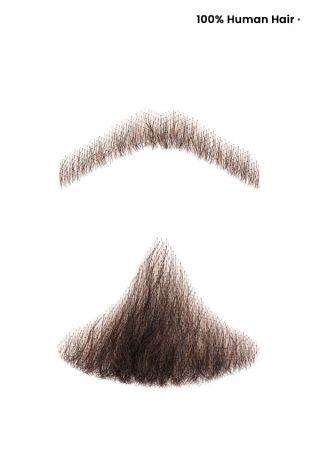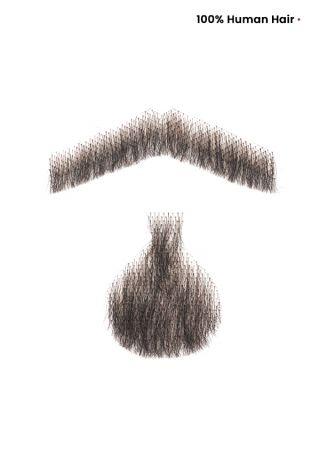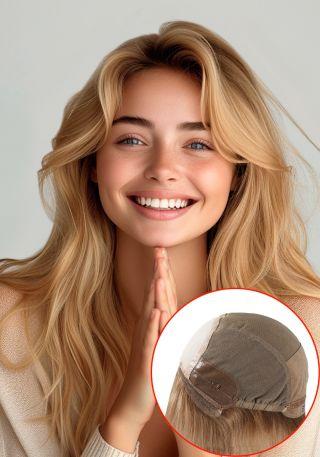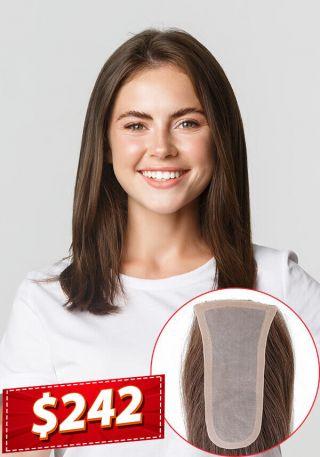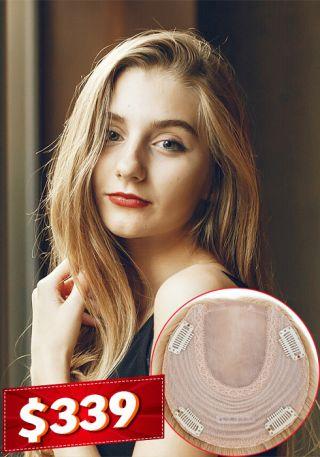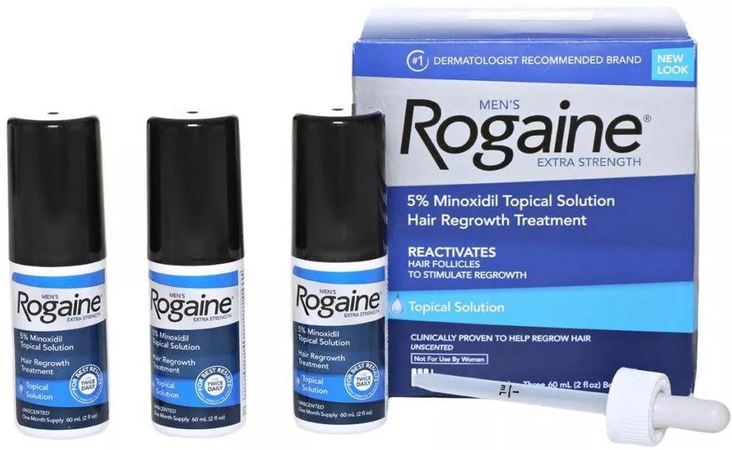Hair Shedding vs. Hair Loss: Everything You Need to Know
- Written by Lordhair Team
- Dec 19, 2020
- |
- 16 min read
 Listen to the full text
Listen to the full textAccording to dermatologists, it is completely normal to lose 50 to 100 hair strands a day for men since it is part of the hair shedding process. But in some cases, males lose a lot more hair, making them wonder whether it is just a temporary thing or early signs of aggressive hair loss.
If you are someone who has recently experienced more hair shedding than usual and want some clarity on the potential causes behind it, Lordhair recommends you to read further!
In this blog, we will tell the differences between hair shedding and hair loss while touching upon causes, treatments, and characteristics in comparison to one another. Let us discuss hair shedding first.
Hair shedding
Shed hair is what we often notice while taking a bath, combing the hair, or lying on the pillow. Hair shedding is a normal part of the hair life cycle and is a continuous process. Hair strands shed at the very end of the third and final phases of the cycle, only to be replaced with new strands, which makes the cycle start again.
Even though hair shedding can be distressing, especially when men notice it for the first time, only a small percentage of strands enter the shedding cycle (also known as the telogen phase) together. Therefore, a larger portion of hair strands is not affected and the full head of hair remains mostly unaffected.
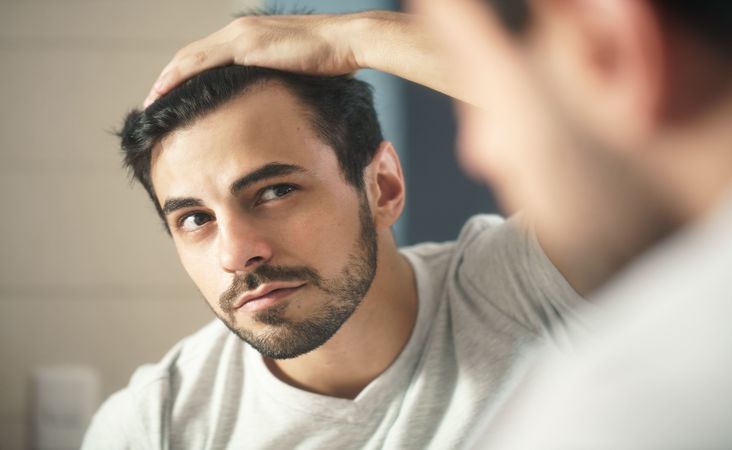
However, in some cases, some people shed significantly more than 100 strands every day. This condition is called excessive hair shedding that is known formally as telogen effluvium.
Hair shedding causes
The followings are the causes of hair shedding among males:
#1 Weight loss: Hair follicles are among the most metabolically active organs in our body. They require an adequate amount of proteins, nutrients, and calories to feed the hair. According to some dermatologists, the more weight we lose, the more likely we are going to experience hair shedding as well.
Dietary changes may lead to unnecessary hair shedding within 5-6 months of weight loss in men. Not to mention, it can trigger physical and emotional stress, which causes more hair strands to enter the telogen phase.
#2 Stress: As we said, stress is one of the major culprits behind hair shedding among males. When a man feels stressed, his body begins to experience an increase in cortisol levels. For those who don’t know, cortisol is pumped out of adrenal glands which sit on the top of our kidneys.
Once cortisol interacts with male hormones, it can cause the hair to go into a resting phase where strands become most susceptible to falling out. Besides extreme hair shedding, stress can also cause the scalp to itch, making men scratch more which weakens hair from the roots.

#3 Medical conditions: According to dermatologists, a lot of illnesses occasionally cause hair shedding among men by shifting a high number of follicles into the shedding phase. Men may begin noticing excessive hair shedding a few days after becoming ill.
A lot of strands on the pillow and between fingers are two of the most common signs behind aggressive hair shedding. Not to mention, the medicine consumed for recovery also triggers excessive hair shedding among males.
#4 Thyroid problems: As another common cause of hair shedding among men, the thyroid gland plays a vital role in the development and production of hair follicles. When the body has either an excessive or a scarce supply of thyroid hormones, it can shock the system into a state of telogen effluvium. In other words, it leads to excessive hair shedding.
What’s worse, as many as 70% of scalp hair strands can fall out within 2 months if the thyroid problem is not checked on time.
From causes to treatments, learn everything about telogen effluvium
Hair shedding treatments
The good news for men facing excessive hair shedding is that this hair fall condition is temporary and the normal hair growth cycle tends to revert back over a period of few months. The following treatments and lifestyle changes will help men in stopping excessive hair shedding:
#1 Ample sleep: Sound sleep improves just almost everything. However, a lot of us don’t know the connection between hair growth and sleep. During sleep, hair follicle cells are repaired and regenerated. Also, it activates hormones and enzymes to build proteins essential for strong, healthy hair and future growth.
Follow these sleeping routine tips in order to overcome excessive hair shedding:
- Stick to one waking time.
- Stop taking caffeine after 2 pm.
- Try to get some sunlight every day.
- Avoid consuming alcohol at night.
If you have been losing hair, you will certainly notice improvements after fixing your sleep.
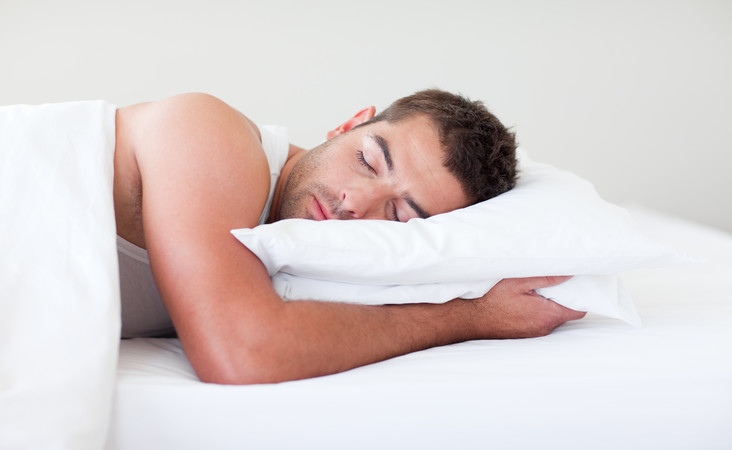
#2 Biotin: Taking biotin supplements is a great way to prevent hair shedding among men. Biotin improves the health of hair follicles and promotes hair growth. It can also help males prevent inflammation which sometimes becomes the reason behind permanent hair loss. Scientists recommend taking B Complex that contains methylated forms of B vitamins.
As an easy and cheap remedy to hair shedding, B vitamins can be found in foods such as eggs, salmon, and sunflower seeds. These edibles help the body metabolize fat and carbohydrates. However, make sure to get a prescription from a dermatologist since over- consuming it can lead to health complications.
#3 Styling with care: Reduce the use of heat focused styling equipment such as iron rods and hair dryers. If you really want to use these tools, don't forget to use a heat protectant like nourishing oils. Lower the heat coming out of these tools as well! Try not to go higher than 350 degrees.
If you have been shedding a lot, limit the use of styling products such as gel and hairsprays. They hydrate the hair and scalp, thereby making hair strands prone to breakage and fall. Natural remedies like coconut oil can help minimize hair shedding. Rich in omega 3 fatty acids, it makes hair strands thicker, smoother, and shinier.
Learn more about hair shedding causes and treatments for men
Above are the treatments and lifestyle changes that can help you prevent hair shedding. Now that you know what exactly this hair condition is, let’s talk about hair loss and learn how it differs from hair shedding.
Hair loss
Unlike hair shedding, hair loss majorly occurs among men when shedding is aggressive and regrowth is slow. It could be patchy due to a structural or functional defect in the hair follicles or a change in the hair strands. It may occur naturally or can be triggered by a specific disease. In short, hair loss is much more complex than hair shedding.
Alopecia is a medical term used for hair loss. It can be temporary, permanent, mild, or excessive. While few men prefer to let the hair loss run its course untreated or unhidden, most would love a full head of hair. If you are one of the latter, then we recommend continuing with our 'hair shedding vs. hair loss' guide!
Hair loss characteristics
Unlike hair shedding, hair loss can appear in many different ways, depending on what is causing it. The followings are the most popular characteristics of hair loss:
- Gradual thinning on top of the head: It is one of the most common types of hair loss among males that affect the majority of men as they age and usually starts as hair receding at the front hairline.
- Circular bald spots: Some men begin to lose their hair in a circular (coin-shaped) or patchy bald spots on the scalp, beard, or eyebrows. Their scalps may feel itchy or painful before the strands fall out.
- Sudden hair loss: Unlike hair shedding, a handful of hair strands may come out when combing or washing the hair. This is probably the worst hair loss type and takes a heavy toll mentally.
- Scaly patches: Only a few men face this hair loss symptom. Scaly patches are actually a sign of ringworm, which are usually accompanied by broken strands, redness, or swelling.
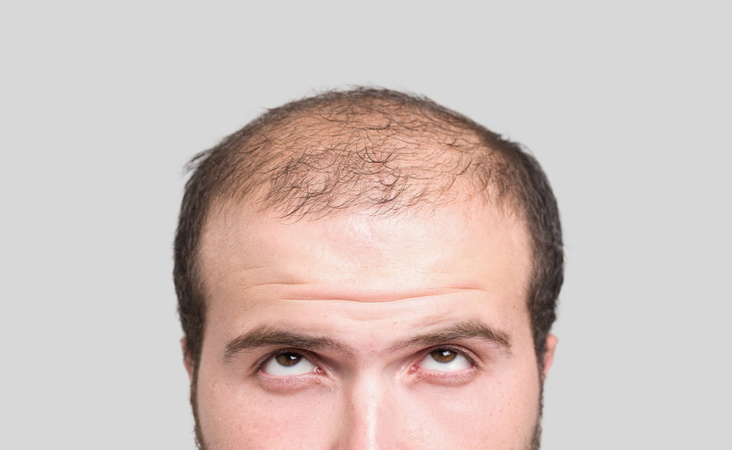
Hair loss causes
The followings are the major causes of hair loss among males:
#1 Alopecia areata: Alopecia areata is a major cause of hair loss among men. It is an autoimmune disorder that makes the hair strands fall out, often in clumps the size or shape of a quarter. The amount of hair loss caused by alopecia areata is different for every man. Some may lose it only in a few spots while others may lose a lot.
Alopecia areata hair loss starts with small patches on the scalp, which may get larger and grow into a bald spot if not taken care of on time. In some cases, hair may grow in one spot and fall out in another. Men suffering from alopecia areata lose a lot of hair strands over a period of time.
Discover different forms of alopecia hair loss with causes and treatments
#2 Lupus: It is another major cause of hair loss among young males. Unlike alopecia areata, lupus is an autoimmune disease in which an individual’s immune system attacks his own body’s healthy cells and tissues – including joints, skin, and hair by mistake. It also causes scarring on the affected areas of the scalp.
The scarred areas on the scalp may inhibit hair from growing back, resulting in permanent hair loss. We advise men suffering from lupus hair loss to speak with a doctor in case their hair loss condition is getting worse.
#3 Chemotherapy: Hair loss can also be a side effect of certain drugs and medical treatments used to fight deadly diseases like cancer. These drugs attack other growing cells rapidly in a human body – including those in hair roots. One may notice his hair falling out after two to four weeks of treatment.
Hair strands could fall out very quickly in clumps or gradually. Men undergoing chemotherapy will likely notice accumulations of loose hair on pillows, in their combs, or in the shower drain. The scalp may also feel tender.
Apart from the scalp, chemotherapy can cause hair loss on eyelashes, eyebrows, armpit, and other areas of the body.

#4 Genetics: Genetics also play a major role in causing hair loss among men. This type of hair fall condition is called hereditary hair loss. It is not really a disease but a natural condition caused by a combination of genetics, hormonal imbalance, and the aging process.
Hereditary hair loss starts with the thinning of hair and often progresses to complete hair loss on different parts of the scalp. In males, it can begin at the temples or crown, depending on the hair loss pattern. In the most advanced stage, only a rim of hair along the side and back of the scalp remains.
Above are some common causes of hair loss. If you begin to notice patches on the head with noticeably thinner hair than normal or if you see bald spots, you are more likely to be suffering from any of the above hair loss conditions. It would be best to consult a hair expert to decide which condition is causing the damage.
Hair loss treatments
Hair loss requires medical treatments as well as lifestyle changes. The following treatments can help men deal with diverse hair loss conditions:
#1 Rogaine
Rogaine is one of the most popular treatments used for treating hair loss in men. Popularly known as Minoxidil, it is a topical medication that is applied to the scalp to stimulate new hair growth in males experiencing hair loss. Rogaine causes increased blood flow to the hair by dilating the blood vessels in the scalp.
Hair density generally begins to stabilize within 3-4 months into the application, with fewer and fewer strands being lost each day. It is recommended for men to use Rogaine at 2% strength, despite it comes at 5% strength. Just make sure to take a prescription from a dermatologist as minoxidil does have its share of side effects.
Here are the common side effects of using Rogaine:
- Scalp irritation
- Eczema
- Abnormal hair growth on the body
- Allergic contact dermatitis
- Application site redness
- Burning sensation
- Respiratory infections
- Anxiety
- Low blood pressure
- Dizziness
- Faintness
A board-certified dermatologist can tell you what to expect and prescribe a treatment plan if necessary.
#2 Hair system
Unlike Rogaine, a hair system has no side effects. Also known as a modern wig, it provides coverage for the area that has experienced extreme hair loss. Hair systems can be custom designed as per your head shape, hair texture, and style preferences.
Modern-day hair systems comprise natural human hair woven into a skin-friendly base that provides high breathability, comfort, and hyper-realism to males. Check out this hair transformation to witness how hair systems can transform the overall look:
Advantages of getting a hair system
Whilst there are many advantages of getting a hair system to fight hair loss, we have listed below 2 popular ones only:
Instant result: Hairpieces (Another name for hair systems) provide an instant change in the overall look. Unlike medication, there is no waiting time with this hair recovery option. All you need to do is buying the best hair system for men and you are good to go!
Low cost: Hair systems are affordable as well as practical recovery solutions if your hair loss is pretty extreme. By spending less than US$1000 a year, you can enjoy a full head of hair!
Hair shedding vs. Hair loss - Final words
A lot of the times, hair shedding is temporary. There is no need to panic as the hair strands that were lost can be regrown. However, if your hair has been gradually thinning over time, you are more likely to be experiencing hair loss than excessive hair shedding.
We advise men to speak to a medical professional in order to determine the causes behind their hair loss conditions. With this thought, we conclude our comparison between hair shedding and hair loss for men.
Got any queries to ask? Share them at support@lordhair.com and have them answered by our hair experts!
Check out our collections of hair toupees and wigs for men here!



